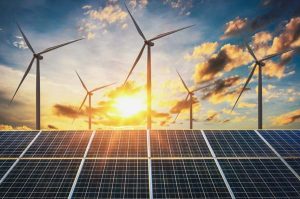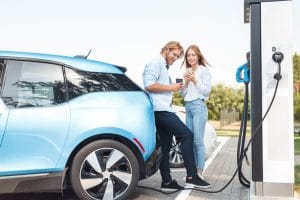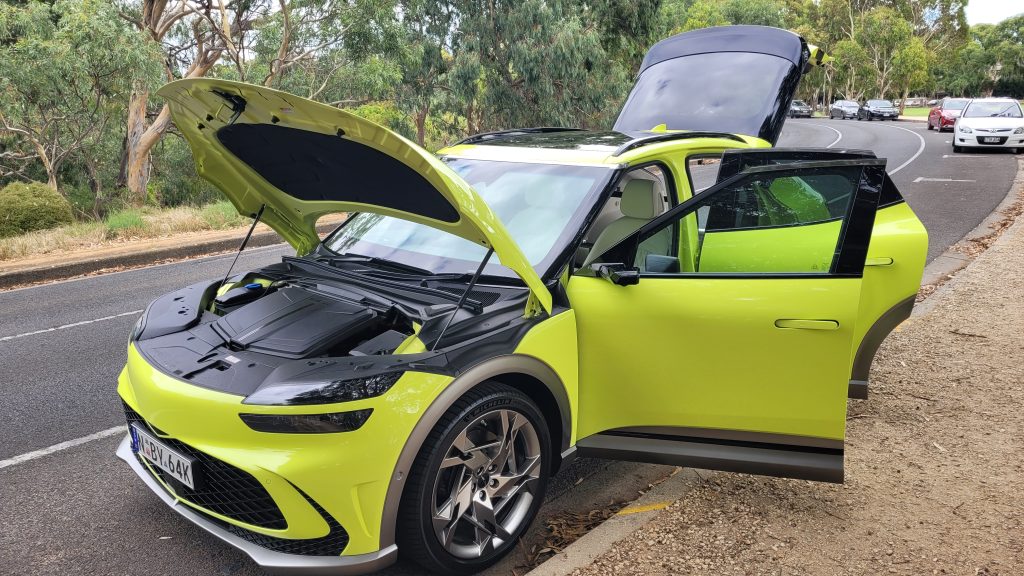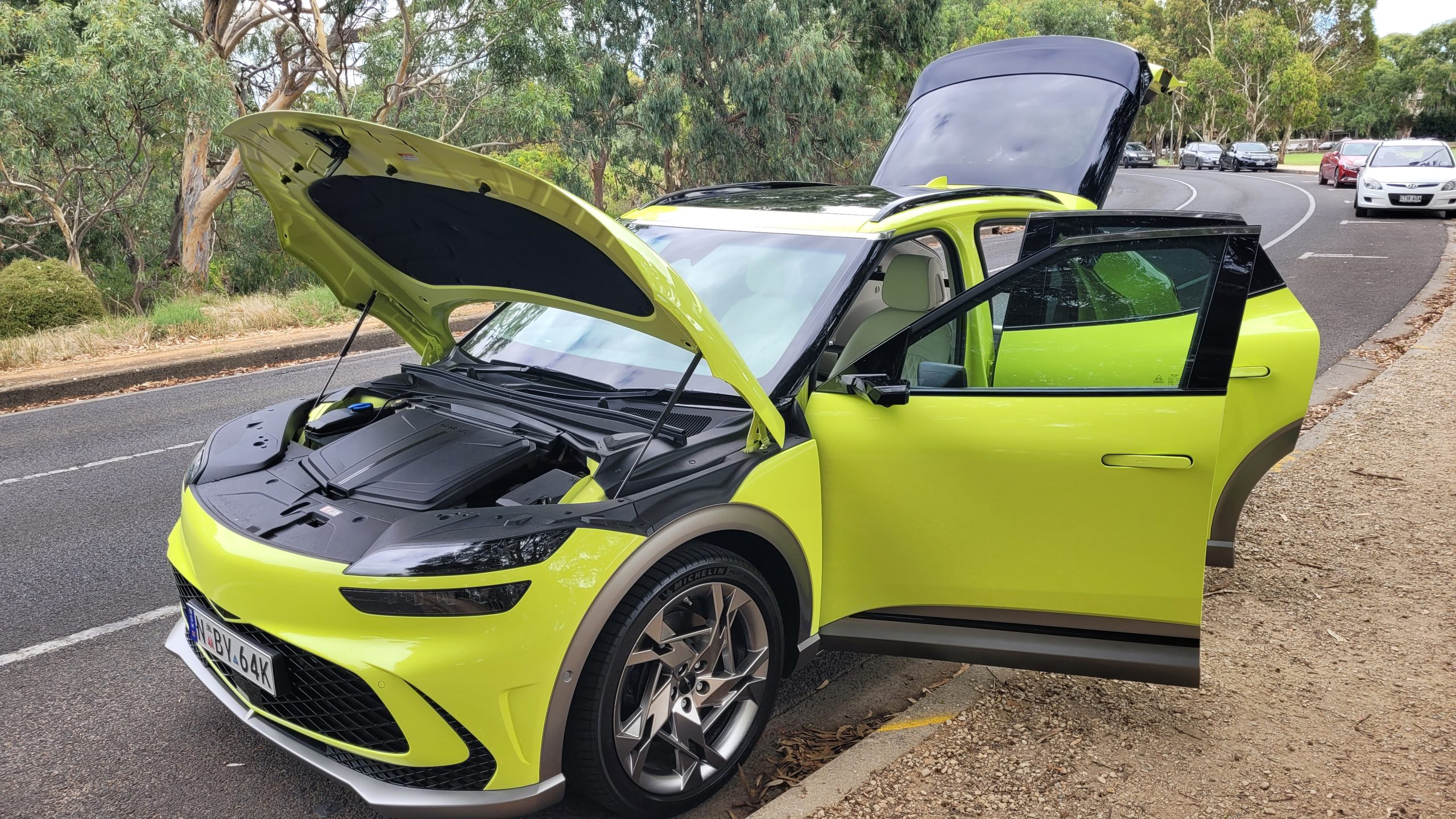
- The Savvy Promise
At Savvy, our mission is to empower you to make informed financial choices. While we maintain stringent editorial standards, this article may include mentions of products offered by our partners. Here’s how we generate income.
In this article
As part of Savvy’s research into Australian consumer sentiment and economics, we follow up our Electric Vehicle 2021 survey with a new poll seeing where sentiments are at present.
- 41% of Australians surveyed say they intend to purchase an EV in the future
- 10% say they will purchase within the next twelve months
- Number of surveyed who consider EVs unaffordable dropped from 30% in 2021 to 17% this year
- Women who stated they could not afford an EV dropped from 37% in 2021 to 21% this year
A new representative national survey (n=1,000) commissioned by Savvy has shown that over half of Australians intend to buy an electric vehicle (EV) in the future.
41% said they intended to buy at some point in the future, with 10% primed to purchase within the next 12 months. The 45–54-year-old cohort are the most likely to buy at some point (47%) with the 18-24s and 35-44s indicating they’re the most likely to buy within the next 12 months (14% respectively.) The older demographics (55-64 and 65+) were most likely to prefer a petrol driven (Internal Combustion Engine) car.
12% said they would rather purchase a Petrol-Electric Hybrid vehicle instead. 3% of Australians already own an EV.
This is a slight increase over Savvy’s 2021 survey, which showed 40% were interested in buying in the future and 7% within the next 12 months.
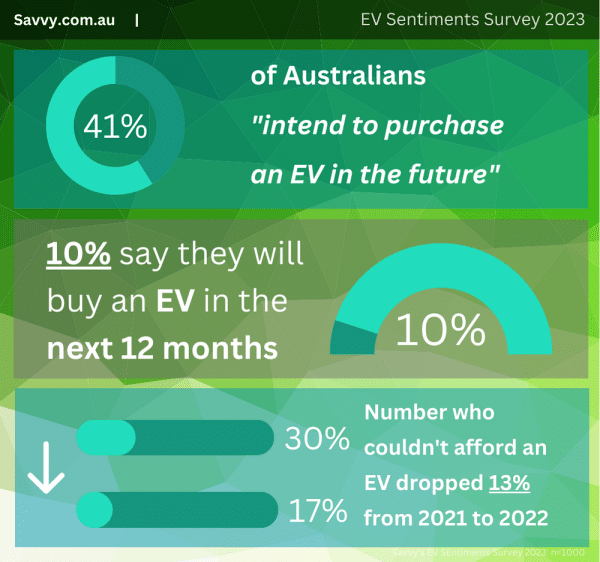
Drivers of EV uptake – 2023 vs 2021
Prices have seemed to have eased despite inflation and rate hikes, as only 17% said they couldn’t afford to buy an EV this year compared with 30% 2021. This may be influenced by greater choice and cheaper alternatives coming to market and constantly rising fuel prices. Curiously, 23% of men say they cannot afford to buy an EV compared with 37% of women.
There’s no budging on the sentiment of affordability, with 76% agreeing that price drops would make EV ownership more popular and accessible – a 3% increase over last year. 76% of men expressed this view, compared with 81% of women.
Despite sales of EVs taking 3.39% market share in Australia in 2022, a 65% increase over 2021, there still seems to be a long way to go before mass adoption.
What best describes your attitude / situation regarding buying an electric vehicle in the future?
No Data Found
Adrian Edlington, Savvy’s spokesperson,
“While the numbers of Australians interested in buying an EV in the future remained relatively the same over the last two years since we ran the first survey, the number of people saying they will buy one in the next year did increase 3%, as did the number of people saying they already own one,” he says.
“The biggest change by far though was people’s perceptions of affordability. People who said they couldn’t afford one dropped from 30% to 17%, so people are beginning to find EVs more affordable. In reality, there’s still a long way to go though, before EVs are in reach for average Australians. Hopefully, this year and next, we will see more makes entering the market in the sub-50k range. The closer we get to $40,000 electric vehicles in Australia, the closer we get to mass-uptake.”
Men and women split over EVs
Interestingly, the number of respondents who said they couldn’t afford an EV dropped from 30% in 2021 to 17% this year. Most notably, women’s perception of affordability has improved (37% in 2021 down to 21% in 2023). Men who stated they couldn’t afford an EV dropped from 23% in 2021 to 13% this year.
When Australians were asked about their top three changes needed make EV ownership more enticing, men were more concerned about improved driving range (49%, vs women 33%), compared to women being more concerned about electricity prices (F: 43%, M: 36%). Men also registered more concern about improved infrastructure (44%) versus women (39%).
Overall, Australians’ top choice by far were price drops and/or affordability (76%), with the next three being almost even at around 40%: improved driving range, cheaper electricity, and improved infrastructure.
EV buying intention by gender – 2023 & 2021 comparison
No Data Found
The state of Electric Vehicles in Australia 2023
According to the Electric Vehicle Council of Australia, EVs represented 3.39% of all new vehicle sales by the end of 2022, an increase of 65% over the previous year. Since 2011, there have been over 40,000 electric vehicles in Australia as of 2022. According to the Australian Bureau of Statistics, there were 20.1 million registered motor vehicle as of 31st January, 2021.
Further statistics from the EVC shows there are now 350 fast and ultra-fast chargers in the 50kW to 350kW+ range available to the Australian public. The total amount of charging points as of the end of 2022, including regular (sub-50kW chargers) and fast chargers is about 3,000, with the majority (2,531) being AC regular or trickle chargers (topping out at about 22kW.)
What types of Electric Vehicles are there?
Electric Vehicles (EVs) can be one of four main types – Battery EVs, which means they rely on battery power exclusively; Plug-In Hybrid EVs, which use a combination of internal combustion engine and battery technology which can be topped up using charging stations and a technology called regenerative braking; Non-Plug-in Hybrids, which cannot be topped up externally and rely on regenerative braking; and Fuel Cell EVs, which use hydrogen fuel cells instead of electricity (these are rare as of 2023.)
Why the reluctance around EVs in Australia?
Though Australian EV buying has increased by impressive percentages, we lag behind the rest of the world in EV adoption. We may have about 3.3% new cars being EVs, but in places like Norway it’s as high as 75%! The world average is about 4.2% as of the end of 2022.
As our surveys suggest, there is reluctance around EV adoption in Australia due to upfront price, low range compared with the 7.7 million km^2 of country we need to traverse, and the relative lack of fast charging infrastructure at home and on our highways. As mentioned, there are only 3,000 chargers around the country available to the public. These are usually clustered in urban and suburban areas. The typical battery-only EV has a range of 400km or so before needing a full charge. This is only half way between Melbourne and Sydney, for example. That said, a 350kW charger can top up a vehicle with 400km of range in about 15 minutes.
For the first point, the Australian Renewable Energy Agency predicts sticker prices for EVs will be roughly equal with comparable ICE cars by the mid-2020s. Competition for EVs is heating up, with overseas base models such as the GWM Ora debuting at $43,990 and the MG ZS EV Excite available for the same price – which gives ICE models at the same price point a run for their money. Couple this to the fact that servicing and maintenance costs for EVs are 70% cheaper than ICE vehicles.
New EV charging sites are coming online, with National Ultrafast EV Charging Network promising 42 ultrafast charging sites deployed along the east coast including Adelaide, Perth, and Tasmania in the next few years. Home charging can also be hit or miss as many existing dwellings hit a 20A limit which means extremely long charging times, upwards of 10-12 hours. Bidirectional charging could also be an incentive, acting as a battery to store surplus solar energy unused during the day.
Savvy EV Sentiments Survey 2023 (n=1000)
Did you find this page helpful?
Author
Adrian EdlingtonPublished on July 7th, 2023
Last updated on June 18th, 2024
Fact checked
This guide provides general information and does not consider your individual needs, finances or objectives. We do not make any recommendation or suggestion about which product is best for you based on your specific situation and we do not compare all companies in the market, or all products offered by all companies. It’s always important to consider whether professional financial, legal or taxation advice is appropriate for you before choosing or purchasing a financial product.
The content on our website is produced by experts in the field of finance and reviewed as part of our editorial guidelines. We endeavour to keep all information across our site updated with accurate information.




